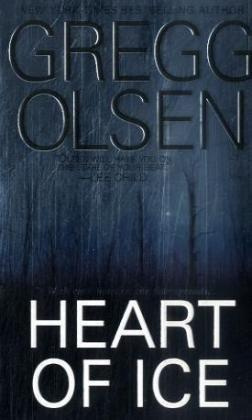Olsen - Architectures of Possibility: After Innovative Writing
Here you can read online Olsen - Architectures of Possibility: After Innovative Writing full text of the book (entire story) in english for free. Download pdf and epub, get meaning, cover and reviews about this ebook. year: 2016, genre: Science. Description of the work, (preface) as well as reviews are available. Best literature library LitArk.com created for fans of good reading and offers a wide selection of genres:
Romance novel
Science fiction
Adventure
Detective
Science
History
Home and family
Prose
Art
Politics
Computer
Non-fiction
Religion
Business
Children
Humor
Choose a favorite category and find really read worthwhile books. Enjoy immersion in the world of imagination, feel the emotions of the characters or learn something new for yourself, make an fascinating discovery.

- Book:Architectures of Possibility: After Innovative Writing
- Author:
- Genre:
- Year:2016
- Rating:3 / 5
- Favourites:Add to favourites
- Your mark:
- 60
- 1
- 2
- 3
- 4
- 5
Architectures of Possibility: After Innovative Writing: summary, description and annotation
We offer to read an annotation, description, summary or preface (depends on what the author of the book "Architectures of Possibility: After Innovative Writing" wrote himself). If you haven't found the necessary information about the book — write in the comments, we will try to find it.
Olsen: author's other books
Who wrote Architectures of Possibility: After Innovative Writing? Find out the surname, the name of the author of the book and a list of all author's works by series.
Architectures of Possibility: After Innovative Writing — read online for free the complete book (whole text) full work
Below is the text of the book, divided by pages. System saving the place of the last page read, allows you to conveniently read the book "Architectures of Possibility: After Innovative Writing" online for free, without having to search again every time where you left off. Put a bookmark, and you can go to the page where you finished reading at any time.
Font size:
Interval:
Bookmark:
architectures of possibility:
after innovative writing
lance olsen
in collaboration with trevor dodge
Architectures of Possibility 2012 by Lance Olsen
Published by Guide Dog Books

Bowie, MD
First Edition
Cover Image by Ivan Titor
Book Design by Jennifer Barnes
Library of Congress Control Number: 2011942820
www.GuideDogBooks.com
Also by Lance Olsen
NOVELS
Live from Earth
Tonguing the Zeitgeist
Burnt
Time Famine
Freaknest
Girl Imagined by Chance
10:01
Nietzsches Kisses
Anxious Pleasures
Head in Flames
Calendar of Regrets
SHORT STORIES
My Dates with Franz
Scherzi, I Believe
Sewing Shut My Eyes
Hideous Beauties
NONFICTION
Ellipse of Uncertainty
Circus of the Mind in Motion
William Gibson
Lolita: A Janus Text
Acknowledgements
Oceanic thanks to Trevor Dodge, who brainstormed with me, conducted most of the flash interviews interpolated through this book (save those with Kathy Acker, Joseph Cardinale, Robert Coover, Lydia Davis, Samuel R. Delany, Noy Holland, Shelley Jackson, Ted Pelton, Susan Steinberg, and Joe Wenderoth, which I conducted myself), and contributed to the writing of the opening of the chapter on publishing pragmatics. Without him and his friendship through the years, what follows would have been a different, lesser thing.
Each of the writers who agreed to be interviewed: thank you so much for your generosity, insight, and honesty. The idea behind those interviews was to create various counterpoints to (and occasional harmonies with) my own voice through the pages of Architectures of Possibility , and I couldnt have imagined in advance things would turn out as invigoratingly musical as they did.
I am grateful to Brian C. Clark for originally suggesting I write a version of this book, which I did, under his guidance, in 1997, for his press, Permeable; to Andy Watson and Cambrian Press for bringing that book to fruition as Rebel Yell a year later; to D. Harlan Wilson, John Lawson, and Jennifer Barnes at Raw Dog Screaming Press, and to Trevor Dodge, for convincing me to reimagine that version all this time later.
I am deeply thankful to my students from the beginning for teaching me what comes next, and to Melanie Rae Thon, for our extraordinary walks, talks, and joyful lessons in seeing; Lidia Yuknavitch, for our brain-sharing trust; and the Board of Directors at FC2 for challenging me with every manuscript we consider to rethink the innovative and embrace the collaborative paradigm.
And how, oh how, can I ever thank you, Andi, enough?
Table of Contents
one possibility spaces
interviews with
brian evenson
susan steinberg
joe wenderoth
two eat your elders
interviews with
kate bernheimer
robert coover
alan singer
three the mcdonaldization of the literary marketplace
interviews with
davis schneiderman
david shields
four workshop model(s)
interviews with
r. m. berry
monica drake
matthew kirkpatrick
curtis white
five the garbage disposal imagination
interview with
doug rice
six beginnings
interviews with
lucy corin
michael mejia
seven narrativity
interviews with
kathy acker
deb olin unferth
eight settings
interviews with
laird hunt
michael martone
nine characters: flat/round
interviews with
katherine dunn
dave gibbons
thomas e. kennedy
ten characters: the metaphysics of the pronominal hoax
interviews with
lydia davis
samuel r. delany
elisabeth sheffield
eleven temporality
interview with
scott mccloud
twelve point of view
interview with
d. harlan wilson
thirteen word worlds
interviews with
noy holland
ben marcus
carole maso
melanie rae thon
fourteen endings
interviews with
joseph cardinale
norman lock
fifteen materiality & immateriality: one
interviews with
nick montfort
stephanie strickland
steve tomasula
sixteen materiality & immateriality: two
interviews with
shelley jackson
jeffrey deshell
lidia yuknavitch
seventeen re-visions
interview with
lynne tillman
eighteen publishing pragmatics
interview with
bradford morrow
nineteen literary activism & the tribal ecology
interviews with
matt bell
debra di blasi
eric lorberer
ted pelton
twenty reading list: 101 limit texts
For Andi,
Creative Righter Extraordinaire
The aim of literatureis the creation of a strange object covered with fur which breaks your heart.Donald Barthelme
I cant understand why people are frightened of new ideas. Im frightened of the old ones.John Cage
Theres many a best-seller that could have been prevented by a good teacher. Flannery OConnor
one
possibility spaces
Carefully follow what most textbooks on fiction tell you, and chances are you will end up producing a well-crafted piece that could have been produced just as easily in 1830.
You will end up producing, that is, a narrative where language is transparent and focus falls on your protagonists psychology. That protagonist will be rounded, resonant, believable, and usually middle or lower-middle class. Your setting will be urban or suburban and rendered with the precision of a photograph, while the form your narrative takes will be so predictable, so patterned by convention, as to be virtually invisible: it will have a beginning, a muddle, and an ending through which your character will travel in order to learn something about himself, herself, or his or her relationship to society or nature.
You will end up producing some version of realism, in other words, and realism is a genre of averagesa genre about middle-of-the-road people living on Main Street in Middletown, Middle America.
In For a New Novel , Alain Robbe-Grillet calls this sort of writing the Balzacian Mode because in a sense its impulse stems from the early nineteenth-century work of Honor de Balzac, although it could just as well be called the Defoean Modeafter Daniel Defoe and his 1719 puritanically detailed pseudo-reportage of Robinson Crusoes daily accomplishments on his famous island. (Revealingly, Crusoes first inclination after finding himself shipwrecked is to recreate as closely as possible a bourgeois European enclaveanother kind of Main Street.)
Such fiction, according to Ian Watt, appeared in the eighteenth century with the rise of the new middle class in England and on the Continent. Rooted in the journalism, diaries, letters, and personal journals of the time, it is the stuff of Richardson and Fielding and their literary offspring: Flaubert and Chekhov, Ann Beattie and John Updike, Amy Tan and Jonathan Franzen. It represents a way of perceiving influenced by rationalist philosophers like Locke and Descartes that embrace a pragmatic, empirical understanding of the universe that emphasizes individual experience and consciousness.
Samuel R. Delany once pointed out those sorts of fictions arent written for readers in, say, New York, where all the mega-publishing houses and slick magazines reside in the U.S., but for a certain imagined housewife living in a small-yet-comfortable house somewhere in Nebraska. If theres nothing in a given narrative she can relate to, nothing and no one she wants to know something about, then that narrative is out of luck so far as that publishing world goes.
Font size:
Interval:
Bookmark:
Similar books «Architectures of Possibility: After Innovative Writing»
Look at similar books to Architectures of Possibility: After Innovative Writing. We have selected literature similar in name and meaning in the hope of providing readers with more options to find new, interesting, not yet read works.
Discussion, reviews of the book Architectures of Possibility: After Innovative Writing and just readers' own opinions. Leave your comments, write what you think about the work, its meaning or the main characters. Specify what exactly you liked and what you didn't like, and why you think so.

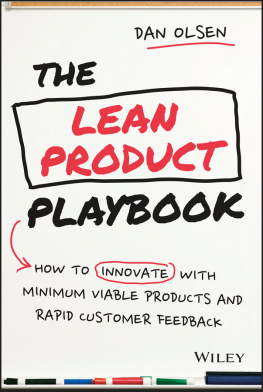

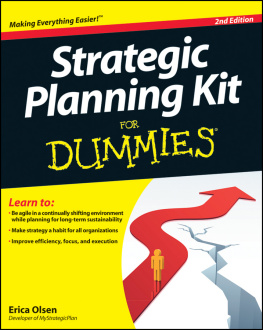
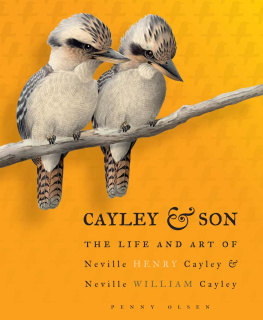

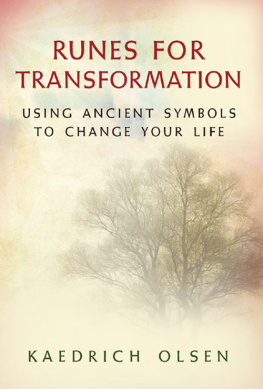
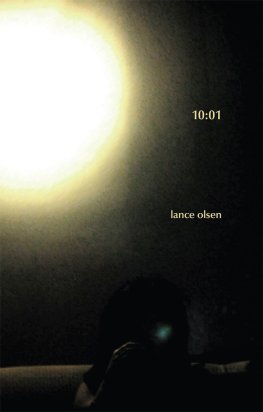


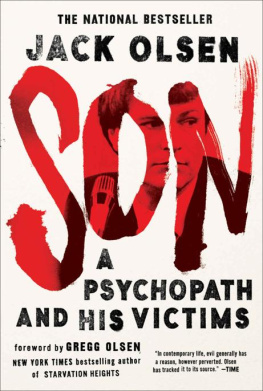
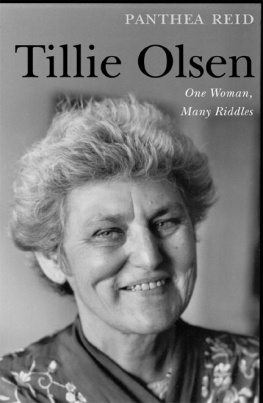
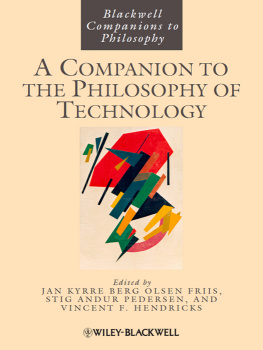
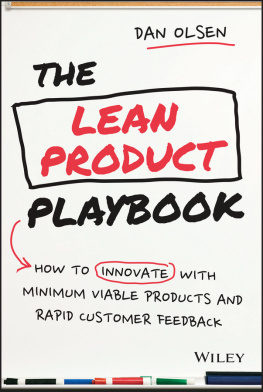
![Russ Olsen [Russ Olsen] - Eloquent Ruby](/uploads/posts/book/120775/thumbs/russ-olsen-russ-olsen-eloquent-ruby.jpg)
